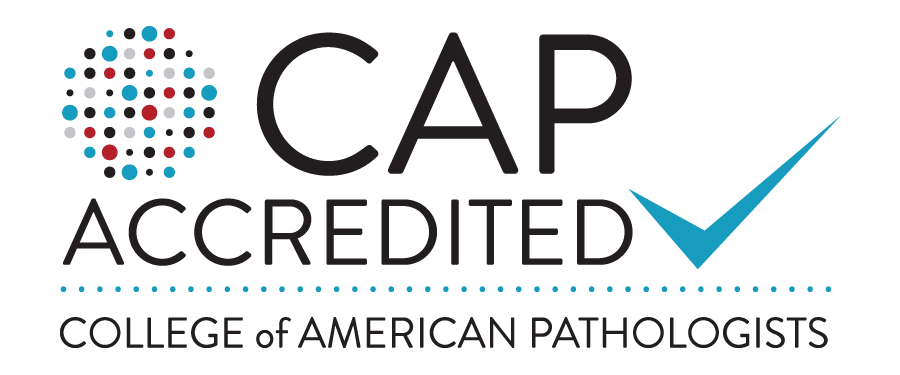A blood test has historically been the most common way to detect cortisol. Blood is drawn from an arm vein and sent to a laboratory for analysis. (U.S. National Library of Medicine).
Although blood and saliva contain different amounts of cortisol, both provide accurate measurements. Testing saliva can help monitor cortisol levels over time. Saliva tests are less invasive and more cost-effective than blood tests. Furthermore, patients requiring frequent testing can avoid additional trips to the doctor for blood draws since salivary testing can be performed at home. Therefore, saliva testing is a preferred method of monitoring cortisol levels. (Keevil, 2014)
Keevil, B. G., MacDonald, P., Macdowall, W., Lee, D. M., Wu, F. C., & NATSAL Team (2014). Salivary testosterone measurement by liquid chromatography tandem mass spectrometry in adult males and females. Annals of clinical biochemistry, 51(Pt 3), 368–378. https://doi.org/10.1177/0004563213506412



